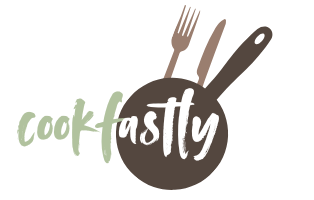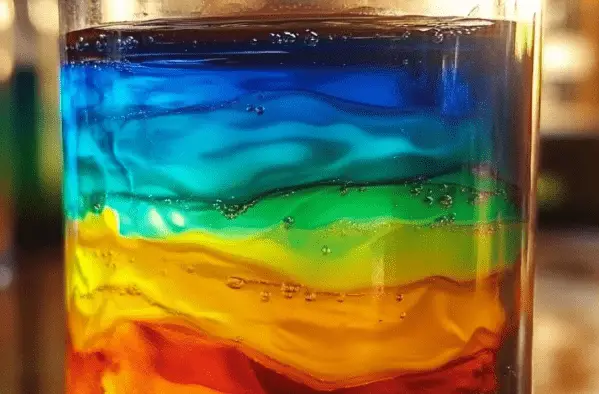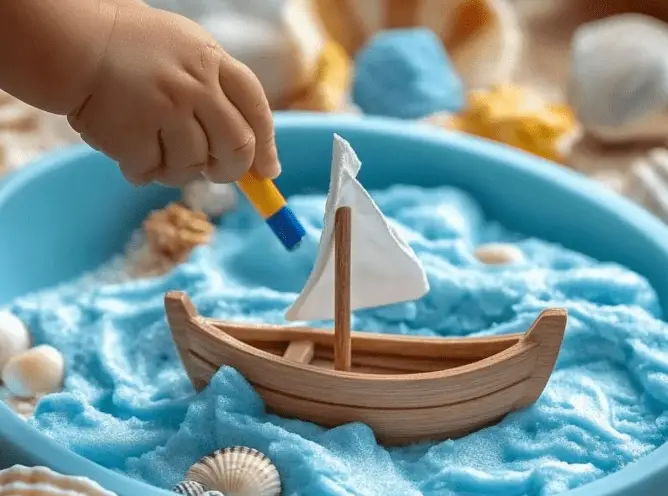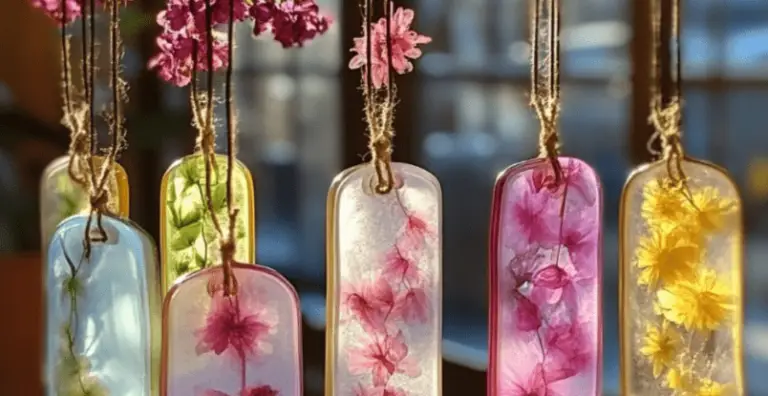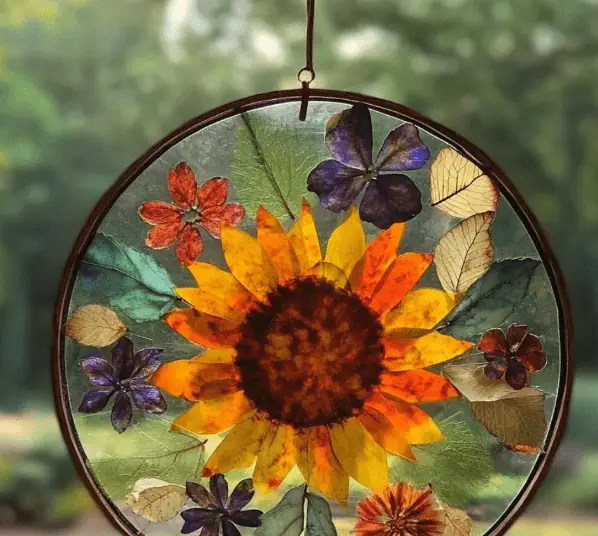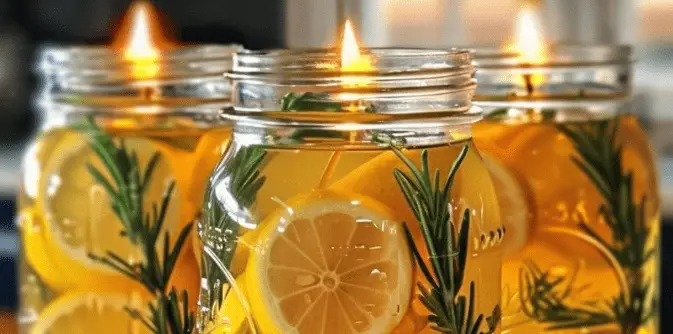Create a Rainbow in a Glass: A Fun and Easy Sugar Water Experiment for Kids
Table of Contents
Looking for an exciting, hands-on science activity to entertain and educate your children? This rainbow in a glass experiment is a brilliant way to combine creativity and learning. By simply using sugar, water, and food coloring, kids can explore the concept of density and watch a vibrant rainbow form right before their eyes. It’s the perfect indoor activity for curious minds, and all it takes are a few household ingredients and a little patience.
This project not only sparks visual delight but also introduces basic science concepts in a way that’s fun and accessible to children. Whether you’re planning a rainy-day craft, a science-themed party, or just need an engaging weekend activity, this experiment is a winner.
You can also explore similar creative projects like the Universe in a Jar, available on this post.
Ingredients
To perform this colorful experiment, gather the following:
- Approximately 2 cups of warm tap water
- 1 cup granulated white sugar
- Red food coloring
- Blue food coloring
- Yellow food coloring
- Green food coloring
- 4 glass jars
- 1 tall clear glass
- A spoon for stirring
- A straw for layering
Instructions
1. Prepare the Base Solutions
Fill each of the 4 jars with 1/2 cup of warm tap water.
2. Add Color
Add 2 drops of food coloring to each jar, using a different color for each: red, yellow, green, and blue.
3. Sweeten with Sugar
- Red jar: 2 tablespoons sugar
- Yellow jar: 4 tablespoons sugar
- Green jar: 6 tablespoons sugar
- Blue jar: 8 tablespoons sugar
4. Dissolve Completely
Stir each solution thoroughly until all the sugar dissolves. If needed, heat in the microwave for 30 seconds at a time, stirring between sessions.
5. Begin Layering
Start by pouring about an inch of the blue solution into the bottom of a tall glass.
6. Add Next Layer Carefully
Using a straw (or a spoon turned upside-down), gently drip the green water over the back of the spoon or straw to create the next layer. Go slow to avoid mixing.
7. Continue Building the Rainbow
Repeat the process with the yellow solution, followed by the red layer on top.
8. Admire Your Rainbow
Once complete, observe the beautiful layered effect—a perfect, homemade rainbow in a glass!

Benefits of This Craft
This experiment is more than just pretty colors:
- Educational: Teaches kids about density, a fundamental principle in science.
- Interactive: Encourages hands-on learning and motor skill development.
- Color Recognition: Reinforces understanding of color sequencing and visual tracking.
- Affordable: Uses simple, inexpensive ingredients found in most kitchens.
- Indoor-Friendly: No special tools required—ideal for home, classroom, or rainy days.
Tips
- Make sure each sugar layer is completely dissolved to avoid crystal formation.
- Warm water helps dissolve sugar faster than cold water.
- Use a spoon or straw to gently layer liquids—rushing can cause the colors to blend.
- Let the sugar water cool before layering to prevent convection mixing.
- A steady hand and slow pouring are key to keeping each layer intact.
What Does It Look and Taste Like?
Visually, the final result is a stunning vertical gradient—each layer stacked neatly like a rainbow. The blue settles at the bottom because it’s most dense, and the red floats on top due to having the least sugar. The contrast in colors is vibrant and clearly defined when done right.
As for taste, this isn’t a drink but a demonstration. While technically safe, the concentration of sugar in the higher-density layers is far too high to enjoy as a beverage. Its purpose is scientific, not culinary.
How to Store
This experiment is best enjoyed fresh, but if you’d like to preserve the results for a few hours:
- Keep the glass upright and undisturbed in a cool spot.
- Avoid moving it, as any shaking will mix the layers.
- Cover it loosely with plastic wrap if needed to avoid dust.
Within a few hours, the layers will slowly begin to mix naturally due to diffusion, so it’s ideal to observe immediately after creation.
Creating a rainbow in a glass is a magical and educational experience that kids will remember. It’s a great way to demonstrate how density works using colorful, everyday ingredients. In just a few steps, you’ll turn a science concept into a stunning visual masterpiece that excites children and adults alike.
